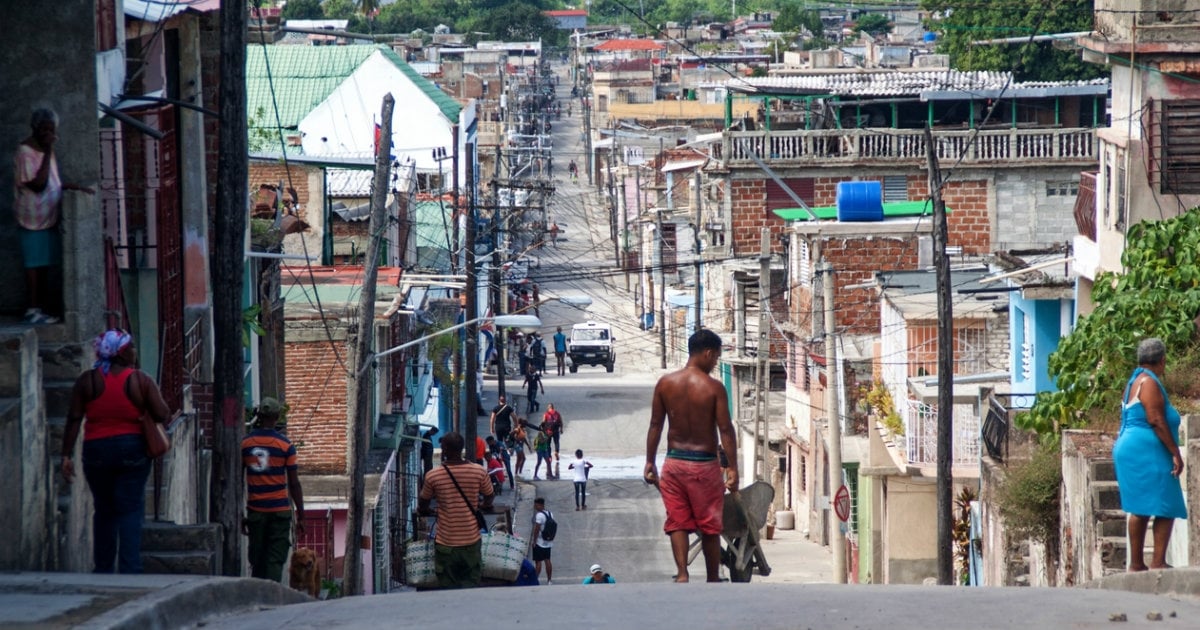
The National Center for Seismological Research (CENAIS) warned this Tuesday that, although 1,943 aftershocks have been recorded from the earthquakes that occurred on November 10 southeast of Pilón, in Granma, the alert about a possible major earthquake on November 12 is false.
Dr. Enrique Diego Arango Arias, head of the National Seismological Service of CENAIS, reported on Facebook that by 2:00 PM this Tuesday, "a total of 1,943 aftershocks from the earthquakes recorded on November 10 have been registered."
Regarding the false alert that circulated among the population about the supposed occurrence of a major earthquake this Tuesday, Dr. C. Arango described those who spread this information as irresponsible.
"Today, irresponsible individuals have been claiming that a strong earthquake will occur in this city in the coming hours, creating panic in schools, workplaces, buildings, and other public areas," he noted.
The seismologist insisted that this information is completely false because "earthquakes cannot be predicted in the short or medium term."
Furthermore, he emphasized that, in the event of any seismic alert, CENAIS, along with state authorities and Civil Defense, will be responsible for officially and promptly informing the public to prevent the spread of unfounded rumors.
This Sunday, following the precursory earthquake with a magnitude of 6.0 and a main event of 6.7, various opinions circulated among the population, including the belief that this seismic activity could be linked to the passage of hurricanes or the operation of thermoelectric plants.
Eberto Hernández Suró, a Geological Engineer and seismologist with over three decades dedicated to studying seismic activity in the country, particularly in Granma, stated to La Demajagua that "the movements of tectonic plates are the main cause of these tremors."
He also noted that "external factors, such as recent hurricanes, do not influence the occurrence of earthquakes."
However, he acknowledged that in the past there have been debates regarding the potential interaction between climatic and seismic events. Nonetheless, he emphasized that “the general conclusion is that seismic phenomena are tectonic in origin and that any coincidence with other natural events is simply that—coincidence.”
This Monday, Dr. Arango addressed the statements made by American geologist Grenville Draper regarding the recent seismic events recorded on Sunday southeast of Pilón, in the province of Granma.
Draper, a researcher at Florida International University (FIU), made several statements to Telemundo 51 in which he affirmed that “there is a main earthquake followed by smaller tremors. Therefore, more may follow. I would advise residents to avoid being in buildings that could be damaged by the initial large earthquake.”
He also said, “There may be small tremors. Generally, the pattern is that there are smaller aftershocks. Occasionally, there may be larger aftershocks, but that is not very common.”
These statements prompted Dr. C. Arango, with decades of study and dedication to seismology in Cuba, to provide some clarifications.
"Never is a replica greater than a main earthquake. It is incorrect to say this. The 6.0 magnitude earthquake was a precursor to the subsequent 6.7 magnitude earthquake," Arango pointed out.
Filed under: